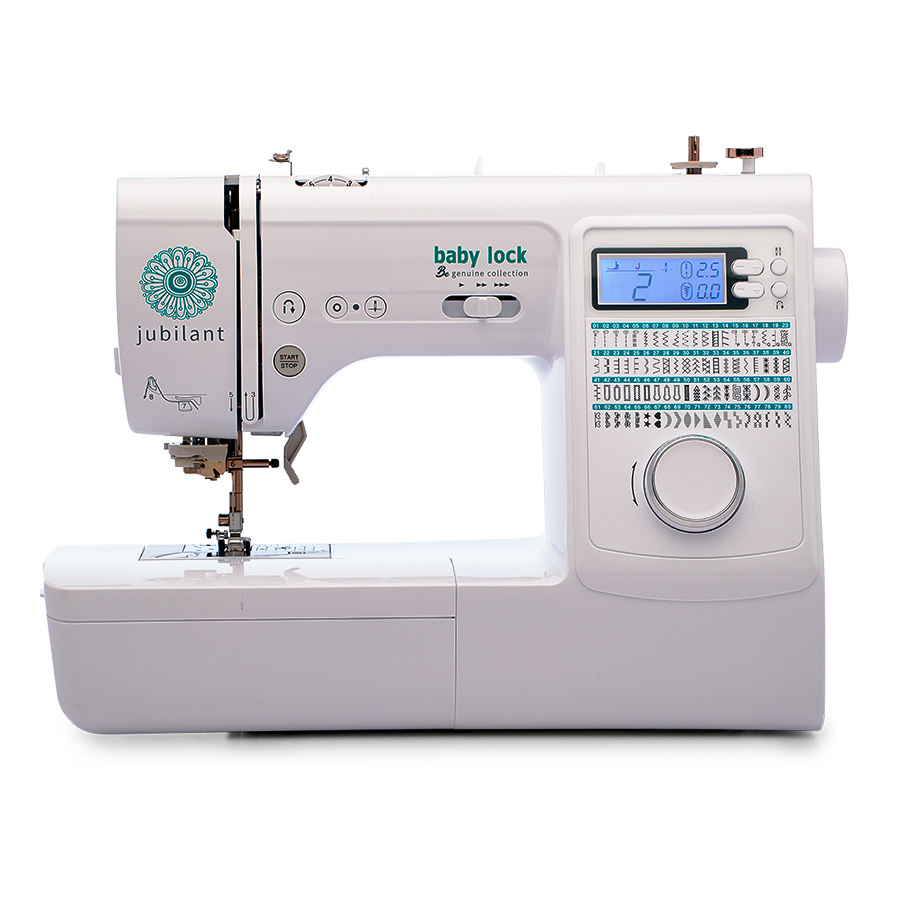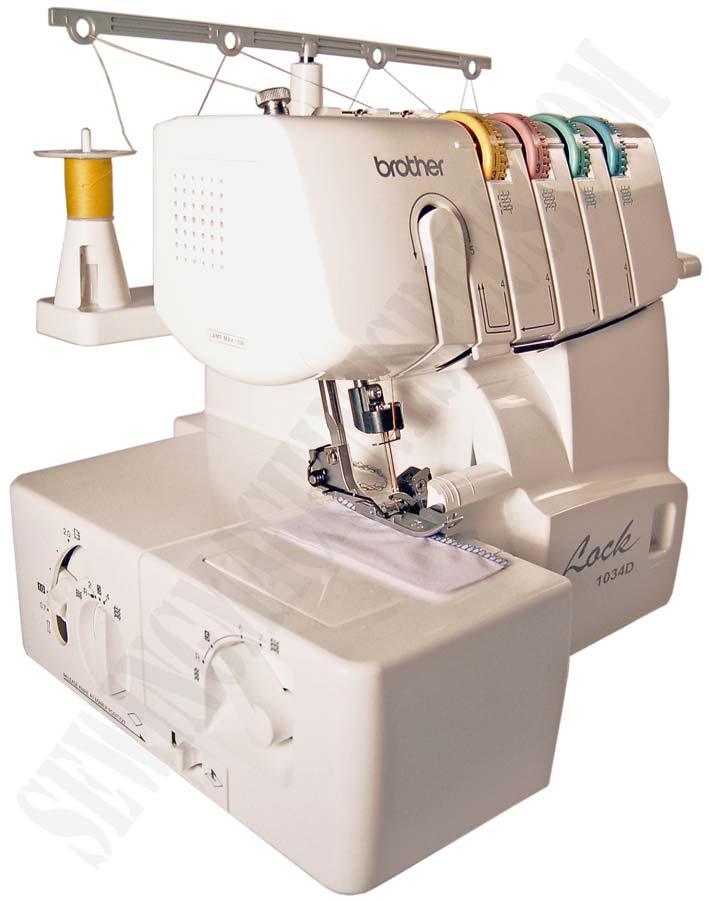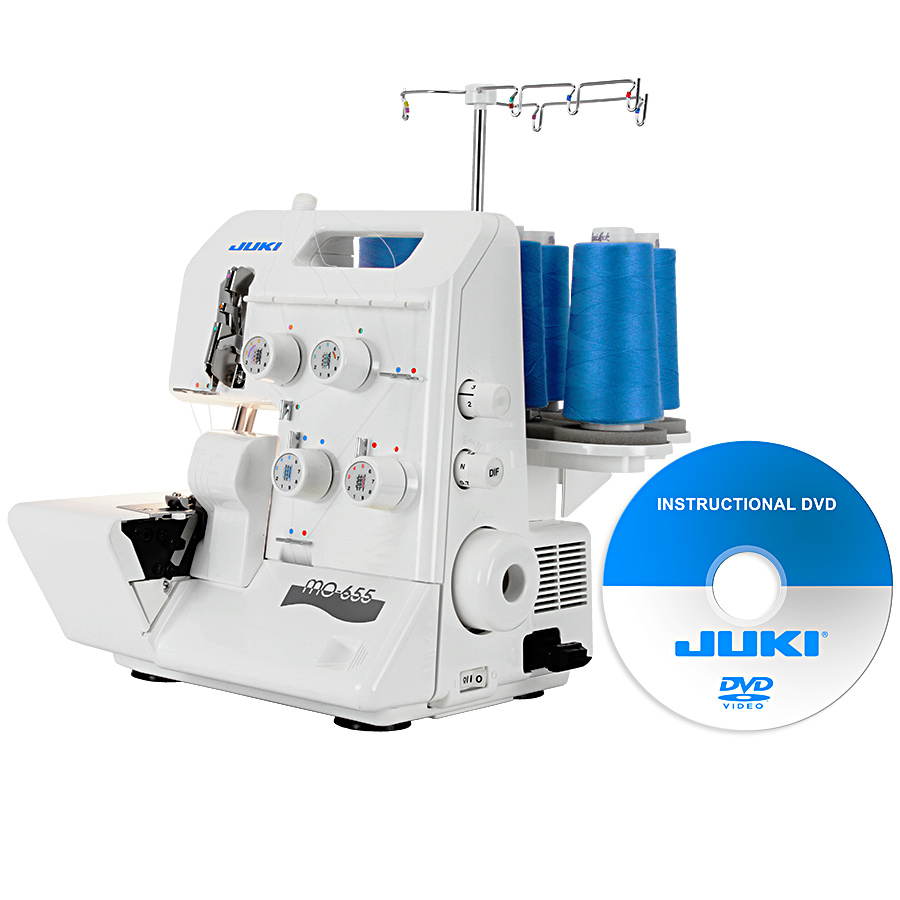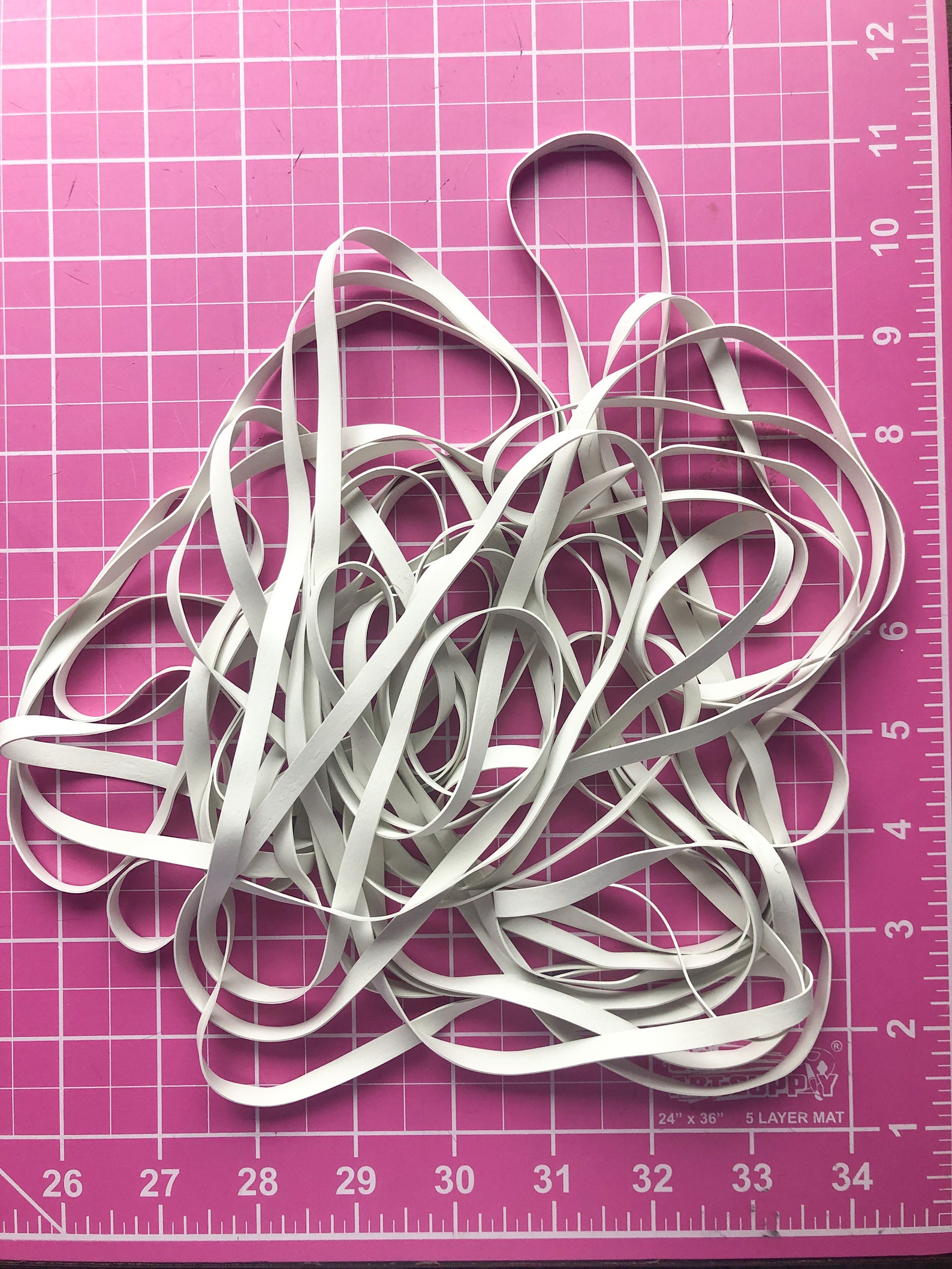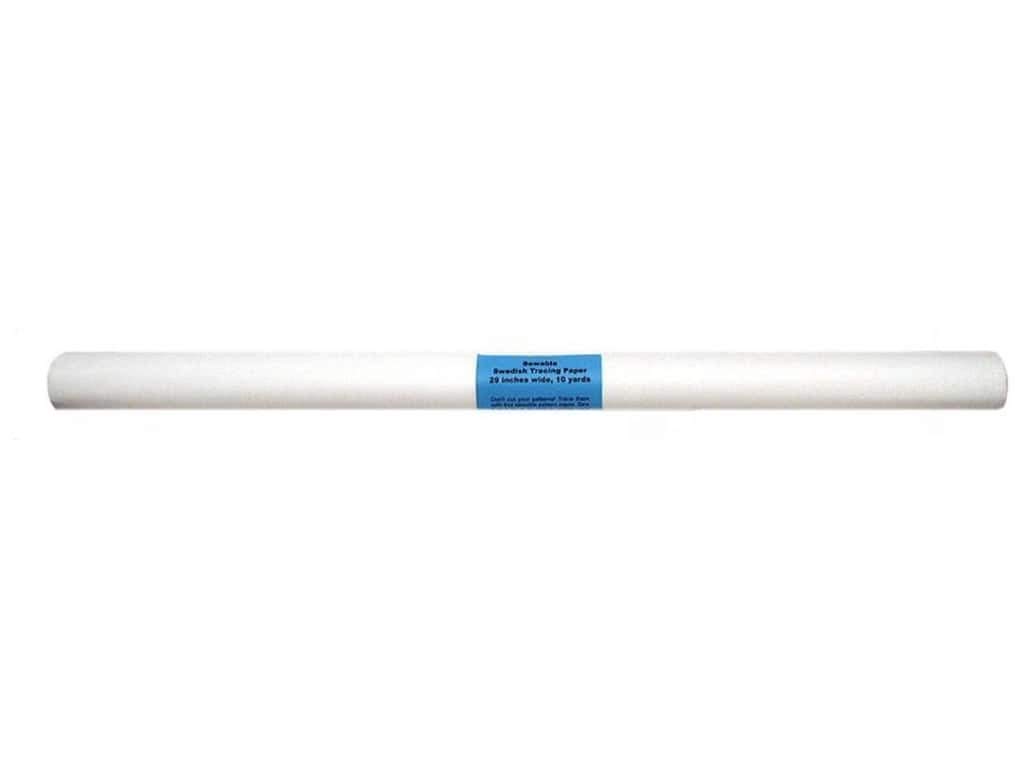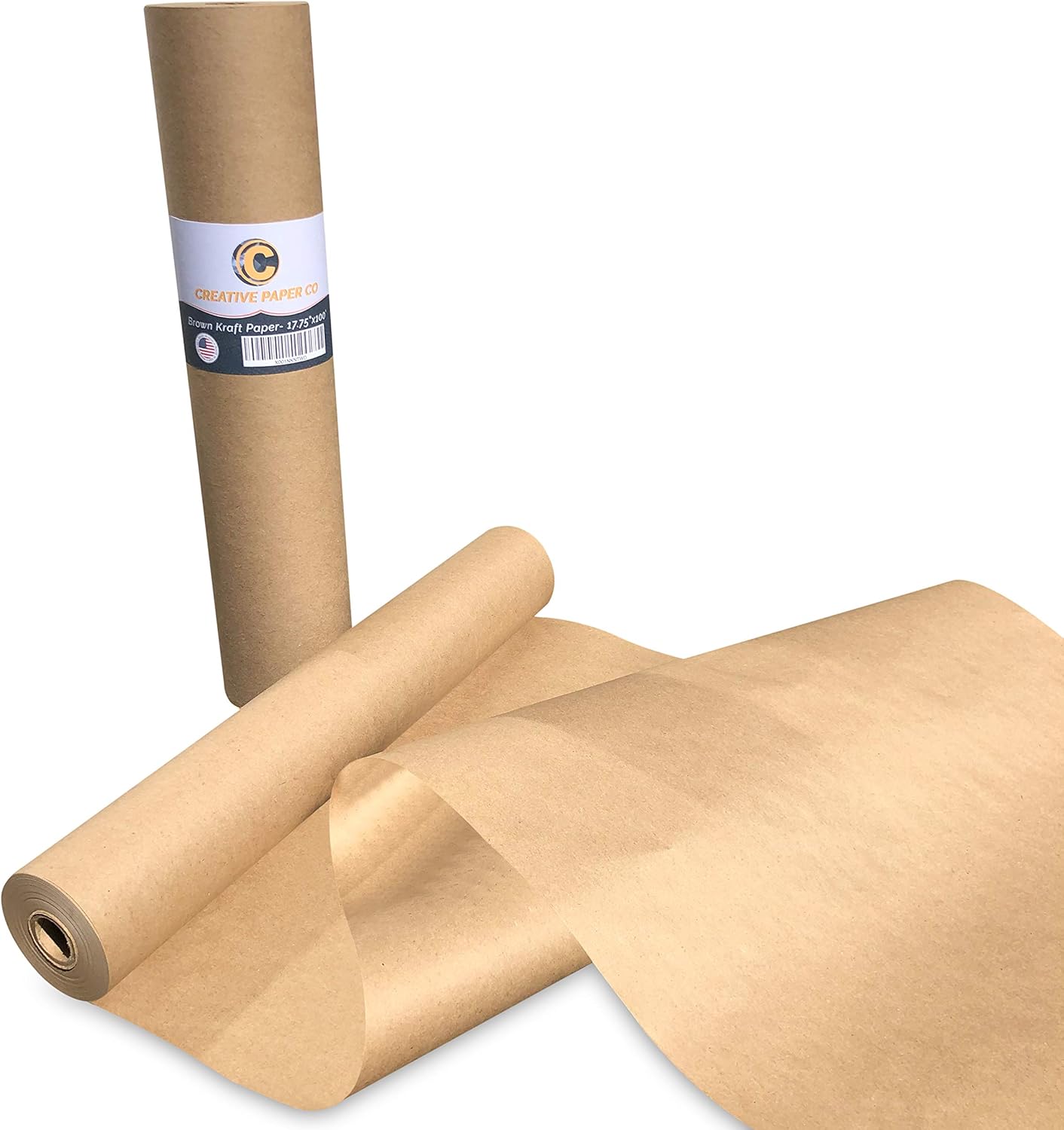Disclaimer: This post may contain affiliate links and we may earn a small commission.
Everything You Need to Sew Swimwear
Sewing swimwear can seem confusing and challenging at first, as there's a lot of mixed information out there on what you need and don't need. Here is a definitive list of the tools I use all the time, along with which ones are absolutely necessary versus the ones you can do without.
I've also created a printable checklist for you to go through and organize everything you have. If you'd like to download the checklist, you can do so here
Fabric
Quick note before we begin- if you came to this page looking for fabric recommendations, you'll want to navigate to this blog post to find those!
Sewing Machines & Sergers
Do you need both a sewing machine and a serger?
Not necessarily. Ideally you would have both, but that's not possible for everyone.
If you were to just have one or the other, I'd recommend having a regular sewing machine.
If you only had a serger you wouldn't be able to do styles like a triangle bikini top or anything that requires a top stitch.
However, eventually owning a serger should be on your radar. The stitch quality is much better, and the machine is much faster and overall better at handling tricky fabrics like swimwear fabric.
Here are some recommendations for sewing machines and sergers!
Sewing Machines
Janome is a reputable brand with a range of machines, this one being an entry level sewing machine.
My serger is a Babylock, and the brand is very reputable and known for it's great quality. If you're able to purchase in this mid-range of prices, this machine is a great option.
This is the machine that I have! I learned to sew on a Pfaff and now I have an affinity for all Pfaff machines. This one is especially great because it has a feature called "IDT" (Integrated Dual Feed). The IDT is essentially a built-in walking foot, making the machine absolutely fantastic for fabrics that can be tricky to sew- like swimwear fabric!
With brands like Pfaff and Babylock, you need to purchase them through an "authorized dealer". This can make it hard to estimate prices and find where to buy the machine. I purchased my Ambition from Husker Sew & Vac in Lincoln, Nebraska but I don't believe they ship. If you navigate to the Pfaff website, you'll want to use their "Find a Dealer" locator to find a Pfaff dealer near you.
Sergers
This machine is a great beginner serger, you can't beat the price!
This is a mid-range machine made by Juki, a very reputable and popular choice for sewers.
If you're looking for the best quality, you can't go wrong with Babylock. This machine is packed with features like automatic threading (which is THE BEST).
Get the Babylock name with an amazing mid-range price. This is a no-thrills machine, but I can tell you that Babylock is a solid brand and this machine will last you years and years if the Babylock name is behind it!
I wanted to throw in a Pfaff serger on this list because of how much I love Pfaff machines. Although I haven't personally tried their sergers before, this one is going to be my next purchase!
- Babylock Evolution (discontinued)
This is the machine I have! It can be used as an overlock machine as well as a coverstitch. I will say that in hindsight I wish I spent less and got the Celebrate. I never use the coverstitch function, which is the main reason for the big price difference in the two.
If you do want a machine with these features, try the Babylock Accolade. Unfortunately the Evolution is discontinued but the Accolade has similar features, if not more! Just like with Pfaff, you'll want to go to the Babylock website and use their "Find a Dealer" tool to locate a sewing shop that sells Babylock machines near you.
Thread
High quality thread is incredibly important, especially for garments like swimwear that go through a lot of wear and tear- water, chlorine, UV, etc... If you find that your machine is having problems, many times it can be attributed to the thread you're using. So before you blame the machine, try using a high quality polyester thread!
This thread is incredible quality. It's truly top notch and I highly recommend it.
Although I believe it's well worth the investment, I've been sewing for many years and it makes sense for me to spend this much on thread. If you're just starting out but you still want something high quality, the ThreadArt thread below might be a better option to begin with.
This thread comes in serger cones as well as smaller spools meant for regular machines.
Before I upgraded to Gutermann, this is the thread I used for years! It's great quality and still a great price.
Metler is another great brand known for quality. The thread linked is intended for regular sewing machines as it doesn't come on a cone and is a smaller quantity.
Elastic
This is the elastic I use, sold by Edgewater Avenue's sister shop, Swimwear Notions USA. It's the best of the best, and I've tried quite a few different brands of rubber elastic. Most other elastic suppliers make their own elastic or outsource from China, but ours is from a well known brand in the industry.
The elastic is Fulflex Laundraflex, which is formulated specifically to withstand chlorine, salt water, UV, etc and is meant to be used in swimwear. Fuflex has a great reputation and consistent quality.
Is elastic absolutely necessary? Not exactly, but I do recommend using it. If you want to learn some more about elastic, I made a video series answering all of your questions!
Needles
Needles are a necessity, and having the right needles is also a necessity. There are so many problems that can come up from using the wrong needles, so spend the extra $5-$6 to get the right ones before you run into issues!
There aren't a ton of choices out there for needles, so luckily that makes shopping for them easier. I recommend using either ballpoint or stretch needles. Which one? It's up to you. I use ballpoint needles for no specific reason. Your machine might do better with one versus the other though, so it might be worth buying both and experimenting.
If you prefer to shop in-store, these are really easy to find at any sewing shop. Here are some good brands!
These are the needles I use! Not much to say, they do the job well.
I like to buy my needles in bulk because I change them so often, so if you prefer to purchase a larger quantity those are linked here.
Seam Ripper
A seam ripper is a necessary tool because it helps you undo a seam when you mess up. There are also other uses for it, like ripping space for strap channels or ripping a hole to take a piece from the wrong side to the right side.
Many machines come with seam rippers, so if you want to save some money you can use those.
I highly recommend getting this set! You will be losing seam rippers all the time, and sometimes it can be nice to have a bunch to choose from. Plus, they can dull pretty quickly so this pack will provide plenty of replacements.
In my opinion you really don't need anything fancy for a seam ripper unless you're a beginner who is prone to having to take apart seams a lot. If that's the case, try some of the other seam rippers below!
Like I mentioned, if you're a beginner and you think there's going to be a lot of seam ripping at first, an ergonomic/comfortable seam ripper will be your best friend.
I haven't heard of this brand so I can't say how great they are or aren't, but I like that they're ergonomic but they also come in a 3 pack. If you're doing a lot of seam ripping you'll dull the blade much faster, so it can be nice to have a few backups.
Pins/Clips
Pins are just fine, but I've switched to clips because my cat liked to pull pins out of my pin cushion then place them all around the house... I know...
The clips are nice because you can use them for pretty much anything- even as a paper clip when I'm organizing pattern pieces.
However, if you're a beginner and you need some help lining up the fabric, pins might be better for that.
Either way, these are a necessity and I use them every time I sew. If you prefer not to buy anything, you can use binder clips if you have those at home. They won't hold everything as smoothly, but if for instance you're trying to prevent a strap from slipping out before sewing, then they'll do the job just fine.
Believe it or not, there actually are higher quality clips out there instead of the cheap bulk ones. If you care about the quality of your clips then these are an option.
Personally, the quality of the clip doesn't make any difference for me, they just feel better. They both serve the same function. These ones will feel better quality as you're using them and they'll certainly last longer. However, for the previous $8.99 100 pack I won't be too upset if some break.
This is a great set up because not only do you get more than enough pins, you also get a magnetic pin holder!
Loop Turner
This has been my tried and true loop turner for many years!
I haven't personally tried these so I can't say whether the quality is like the Dritz version, but I assume they're very similar if not the same. It would be very nice to have 3 on hand since loop turners tend to disappear easily!
I know many of my customers who love the easy turn devices. I've never tried them so I can't say whether they're life changing or not. But the reviews are great and the tutorials on them look very easy, so it might be worth a shot!
Scissors
Scissors are necessary for sewing. Remember to have separate fabric scissors that are only for fabric! Plus a pair of regular scissors for paper, elastic, etc.
Fabric Scissors
Fiskars is a solid brand with a great reputation and price!
Gingher is a premium brand with an excellent reputation. These scissors feel great and can cut through anything. If you're someone who likes the best of the best, these are for you.
I included these on the list because of the amazing Amazon reviews. Might be worth trying out!
Regular Scissors
I'm only including one link for regular scissors because they're very straight forward. I bought this same 3-Pack of scissors recently and I've loved them!
Rotary Mat & Cutter
This category is optional, but strongly encouraged. Cutting this way is much more efficient and accurate!
Mats
24" x 36" or larger is the best size for swimwear applications. If I had a bigger table I'd want to go with a larger size, but these ones are all perfect tabletop size!
Olfa is by far the best quality. I had one of these but got Sharpie all over it so now my shipping department uses it to measure out elastic and notions. I miss my Olfa mat and want to buy another one soon!
This the mat I currently have. I love that it's pink! It's great quality for the price, and I like that it's reversible. Overall a solid choice, but my heart is still with Olfa! I was going to wait until this mat needed to be replaced, then buy a new Olfa. However it's been 3 years on this mat and it probably still has many more!
Cutters
45mm is a good size to go with. There is 60mm too, but it can be more difficult to navigate sharp turns with a larger size.
As far as whether to go with the "stick" models (like the Olfa I linked) or the more ergonomic (like the Fiskars one), it's up to you. I've found that the stick models are best, especially since you're supposed to cut perpendicular to the mat, not parallel.
FYI- Olfa and Fiskars carry both the stick models and the ergonomic ones.
Sets
I loved that this product is in a set that includes a mat, cutter, and acrylic ruler!
Replacement Blades
I've been buying these blades for years. No, I don't buy Olfa brand blades for my Olfa cutter! The reason why is because I cut SO much that it doesn't make a difference to me if the Olfa blades are marginally better. Regardless of the quality, I'm for sure going through a blade a week when I'm sewing a lot. Because of this, I just opt for the cheap blades and I replace them often! These blades are actually great quality and I'm very happy with them.
Acrylic Ruler
I'd say to only purchase an acrylic ruler if you also plan to buy a rotary mat & cutter. It won't work as well with scissors! Or, you can use this tool to make straight lines on your fabric, where you'll then use scissors to cut it out.
I've used this one for many years and it's great! The 6" x 24" size is great for a bunch of different functions, including straps. 
Tools for Modifying Patterns
Modifying patterns is, in my opinion, an essential skill. No one pattern is going to fit every body the way it's intended, so being able to modify patterns for a custom fit is super important. Get comfortable with modifying using these tools!
Pattern Paper
This stuff is amazing for patterns you plan on keeping for a long time. It has almost a fabric-like quality, which is perfect for long term use!
While you're drafting you might want to use this paper, because it's cheap and easy! Then once you're done you could copy your final pattern onto the Swedish tracing paper, which is better for long term use. Either way, both these papers will certainly come in handy!
Fashion Rulers
These are used for creating new, smooth lines when modifying a pattern. They definitely aren't necessary because you can always freehand. However, freehand is difficult so these are very nice to have!
I just bought these recently and I was impressed with the price. They're definitely cheap quality and not very thick compared to the other ones on this list. However, the price is right and they get the job done so who cares if they're thick!
I've owned these for many years and they're still in great shape and are a staple in my sewing room. These are a nice thick quality, which might be easier to draw with.



